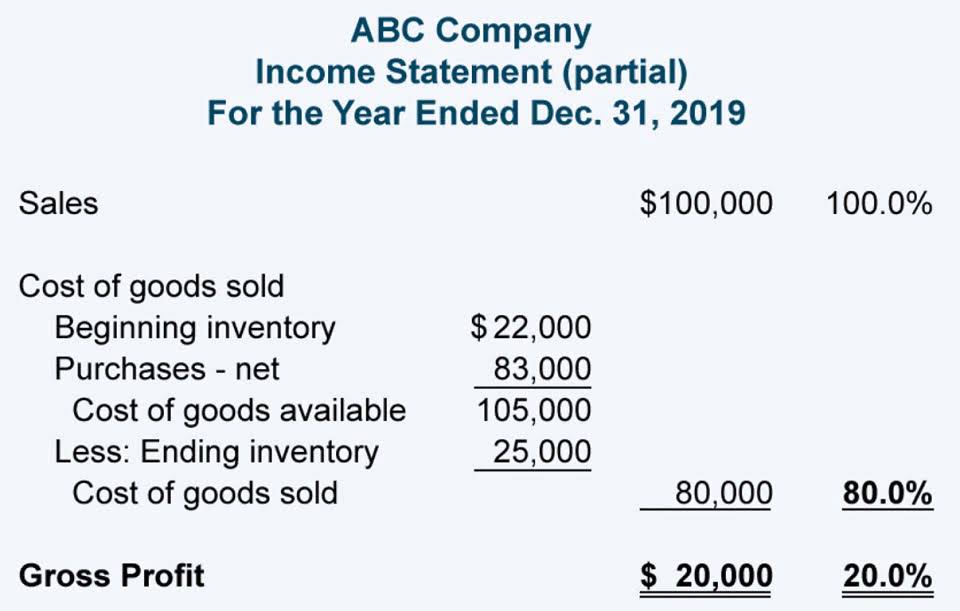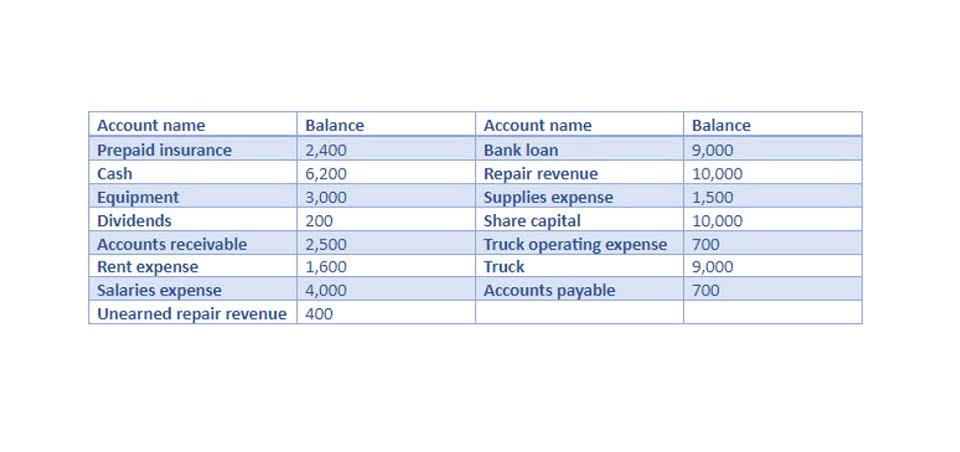
In the intervening months, the farmer is subject to the price risk that wheat will be lower in the fall than it is now. While the farmer wants to make as much money as possible from their harvest, they do not want to speculate on the price of wheat. So, when they plant their wheat, they can also sell a six-month futures contract at the current price of $40 a bushel. Remember that purchasing widespread excess inventory to “hedge” against hedge inventory inflation is often considered risky. Most businesses that purchase hedge inventory identify particular concerns about specific items on their inventory lists.
Types of Financial Instruments for Hedging

A hedge is effectively an offsetting or opposite position taken that will gain (or lose) in value as the primary position loses (or gains) value. The effectiveness of a derivative hedge is expressed in terms of its delta, sometimes called the hedge ratio. Delta is the amount that the price of a derivative moves per $1 movement in the price of the underlying asset.

2 Introduction to hedges of nonfinancial items

Companies must be law firm chart of accounts ready to distinguish between temporary hedges, which require a professional discretionary approach and a disciplined professional strategy, and permanent hedges, which should be maintained as periodic cash flow hedges. In parallel with its risk-management solution, the company also developed its hedging policy and governance around the execution process. This reduction significantly decreased the earnings before interest, taxes, depreciation, and amortization fluctuations that arise from commodity-price fluctuations. Turning to the idea of hedging future sales, we have to start with a projection of when these sales are likely to occur. Unless our hedge horizon is particularly extended, more likely than not, we’d structure our derivative positions to expire at or around the time of the expected sale. Another solution for a cash flow crunch and income statement timing distortion is to aim only to have permanent inventory fully hedged when prices are going down.
Do you own a business?
- Because correlations between the prices of feedstocks and products can change over time, organizations should monitor and review these relationships before making hedging decisions (Exhibit 2).
- Finance Strategists is a leading financial education organization that connects people with financial professionals, priding itself on providing accurate and reliable financial information to millions of readers each year.
- The contract calls for the flour miller to provide the bakery with an ongoing supply of flour to be delivered on a predetermined schedule throughout the year.
- If the spot price of the underlying asset moves in a direction more beneficial for the holder, they can sell the futures contract and buy the asset at the spot price.
- This strategy works as a kind of insurance policy, offsetting any steep losses in other investments.
- The company overhauled its hedging strategy and incorporated an approach that fixed natural-gas prices at volumes that correspond to fertilizer sales volumes on a rolling basis.
- If in six months the value of the stock she purchased has increased to $16, Sarah will not exercise her put option and will have lost $7.
Either way, businesses that hedge inventory believe they are mitigating risk by stockpiling excess inventory in this manner. That being said, hedging inventory comes with its own significant set of risks that we will touch on later in the article. For large corporations with centralised treasury functions, it’s common for one entity to contract normal balance a derivative to hedge a risk to which another group entity is exposed. IFRS 9 does not prohibit such arrangements from being accounted for using hedge accounting principles in consolidated financial statements.
If feedstocks and the prices of products sold are decorrelated, such as in the following case of jet fuel prices and airfares, the margin volatility will be high. Concretely, if jet fuel prices increase 30 percent in a year, airfares are unlikely to increase enough to offset the effects of the increase in jet fuel prices and will lead to significant margin erosion. Of course, short-term hedging only makes sense in rare cases, such as when short-term revenues are predictable or when locking in feedstock prices will result in a nearly locked-in margin. Even so, stakeholders should only make such decisions after careful consideration. A comprehensive understanding of hedging instruments is also crucial as liquidity differs between instruments.
- In other words, the hedge is 100% inversely correlated to the vulnerable asset.
- Ultimately, the decision to implement hedge inventory should be based on a careful assessment of the company’s exposure to market risks and its overall risk tolerance.
- For investors who fall into the buy-and-hold category, there may seem to be little or no reason to learn about hedging.
- In the stock market, hedging is a way to get portfolio protection—and protection is often just as important as portfolio appreciation.
- Hedging techniques generally involve the use of financial instruments known as derivatives.
- If you want to hedge this directional risk you could sell 30 shares (each equity options contract is worth 100 shares) to become delta neutral.